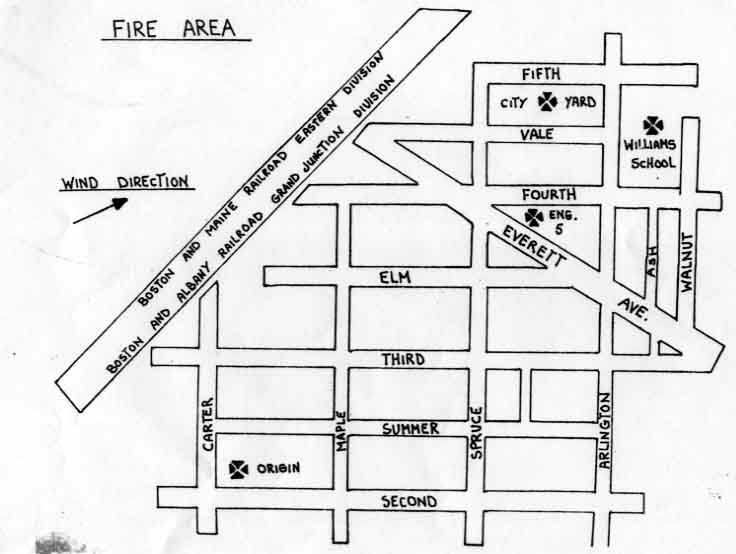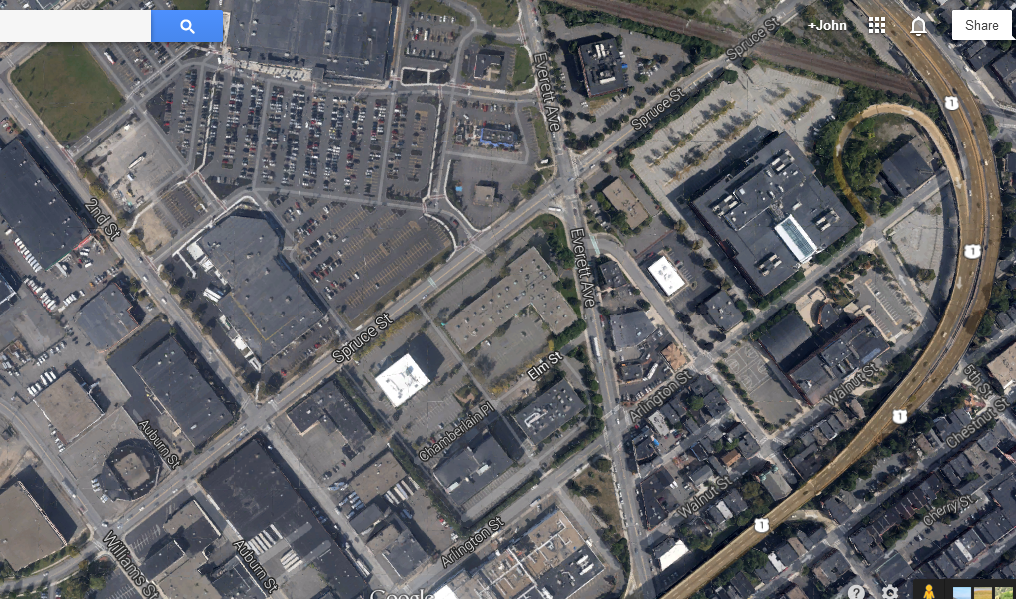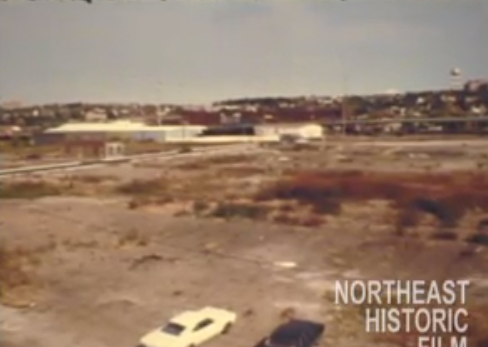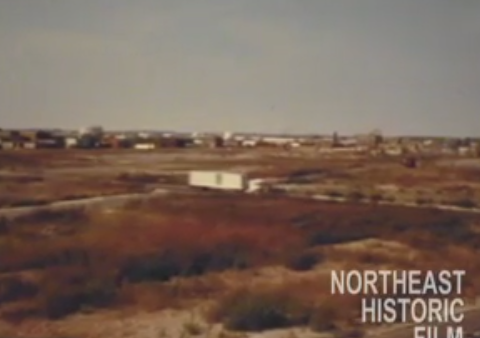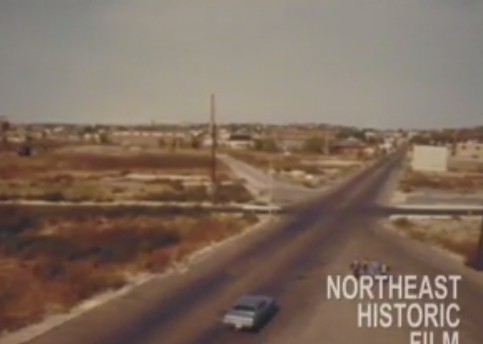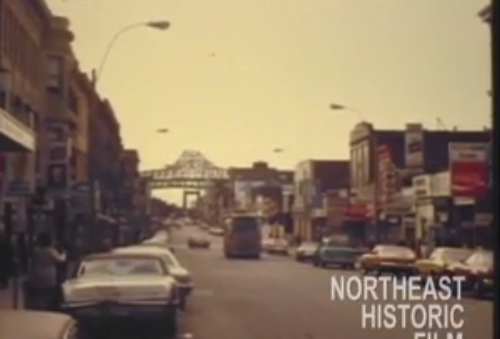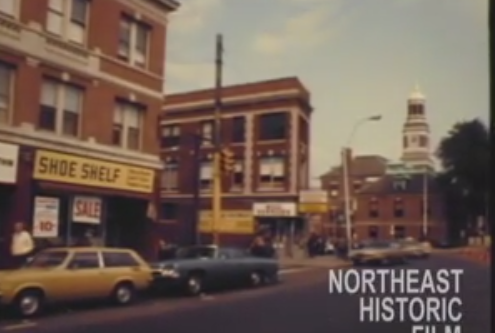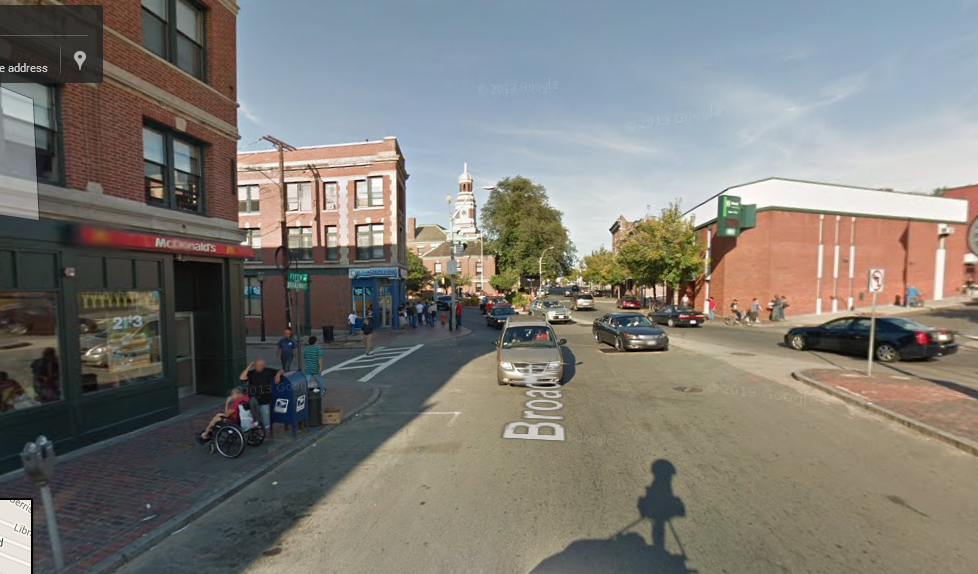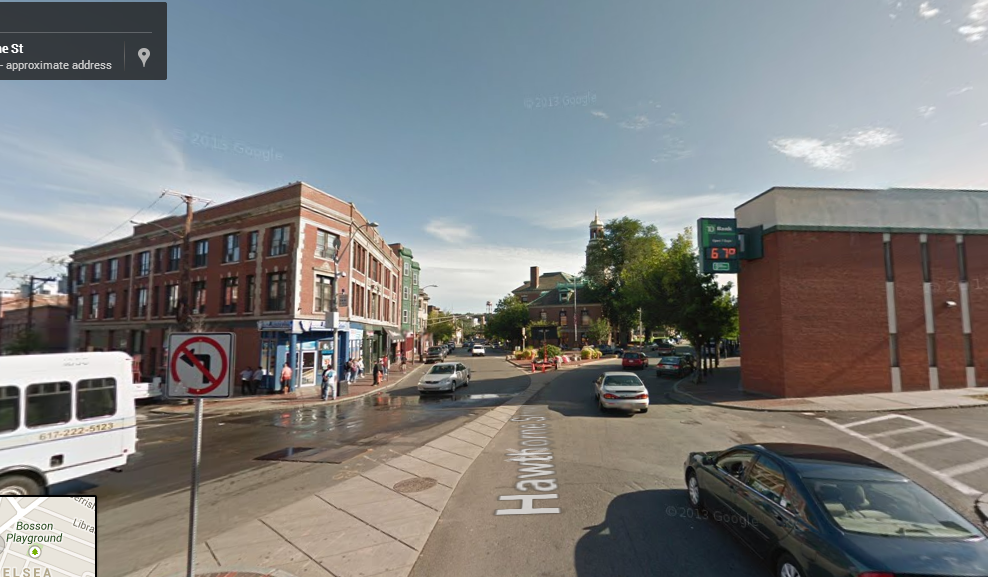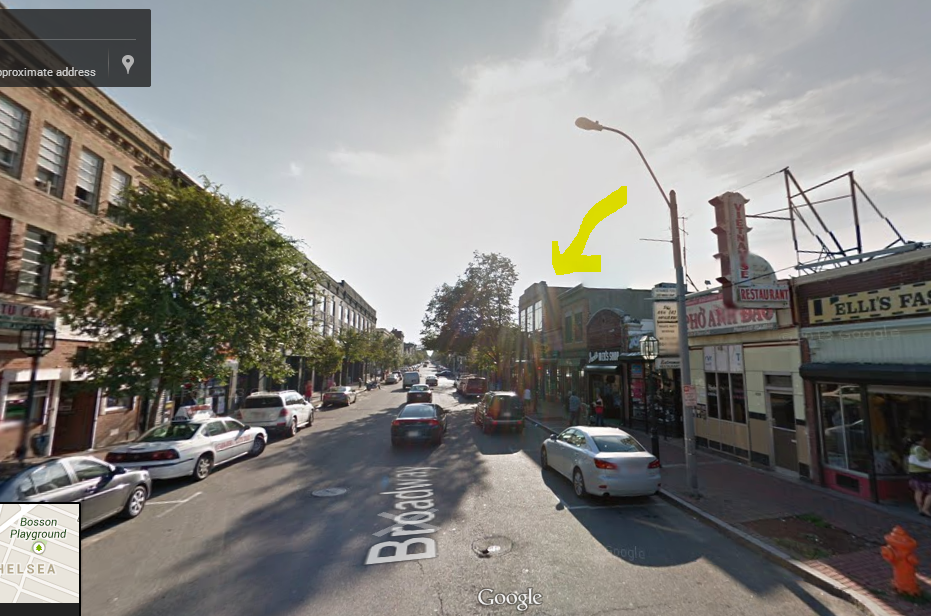Crime is hardly an excuse, and anyway, it's more a symptom than a cause. Plenty of crime ridden neighborhoods have become gentrified (both in good ways and in bad ways). Look at Williamsburg, the prototypical example. My parents would never go there back in the 1970s when they lived in the city, too scary. And they lived in the West Village/Chelsea (NYC), which was itself a haven for junkies and bums. Now it's all too damn expensive.
Roxbury's problem is that it was wiped out by "urban renewal / highway building" and nothing was ever done to fill the hole for three decades.
East Boston has a big hole, with spectacular views, near Maverick for reasons I don't completely understand, but something to do with MassPort.
Both those spots have excellent rapid transit. Chelsea may be different because it does not.
Roxbury's problem is that it was wiped out by "urban renewal / highway building" and nothing was ever done to fill the hole for three decades.
East Boston has a big hole, with spectacular views, near Maverick for reasons I don't completely understand, but something to do with MassPort.
Both those spots have excellent rapid transit. Chelsea may be different because it does not.

